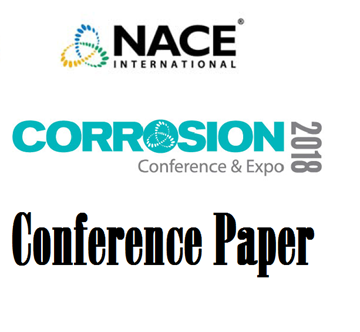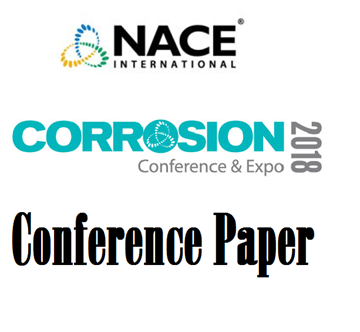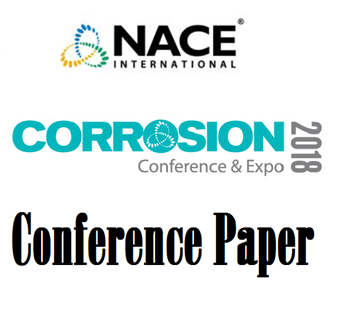Search
51318-10583-A Comparison of Chemistries Intended to Treat Reservoir Souring
Also Purchased
51318-10586-Mechanistic study of microbiologically influenced corrosion
Product Number:
51318-10586-SG
Publication Date:
2018
$20.00
51318-10567-Investigation of the impact of an enhanced oil recovery polymer on microbial growth and MIC
Product Number:
51318-10567-SG
Publication Date:
2018
$20.00
51318-10546-CALCIUM CARBONATE SCALE INHIBITION: EFFECTS OF EOR CHEMICALS
Product Number:
51318-10546-SG
Publication Date:
2018
$20.00




